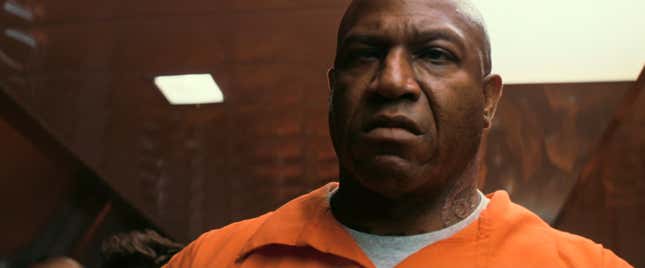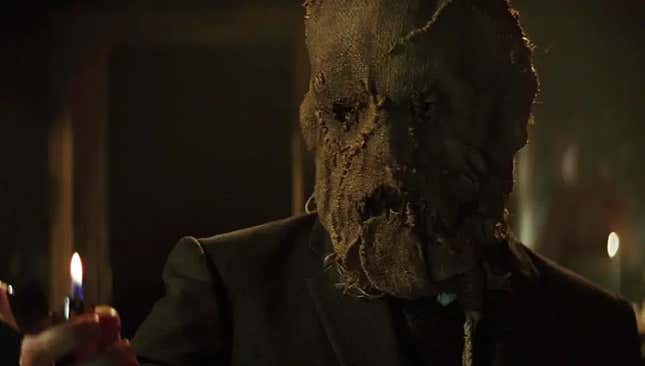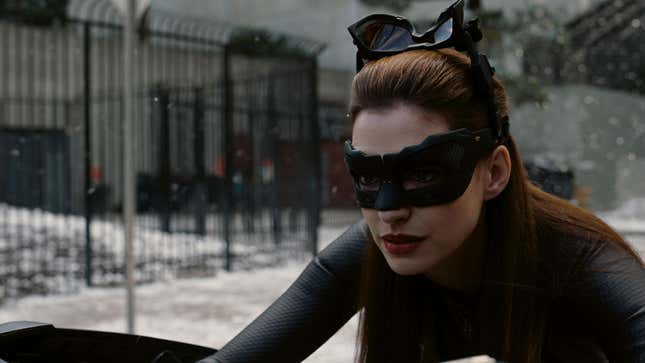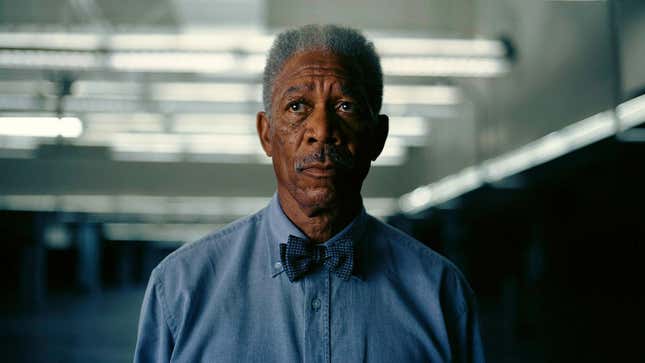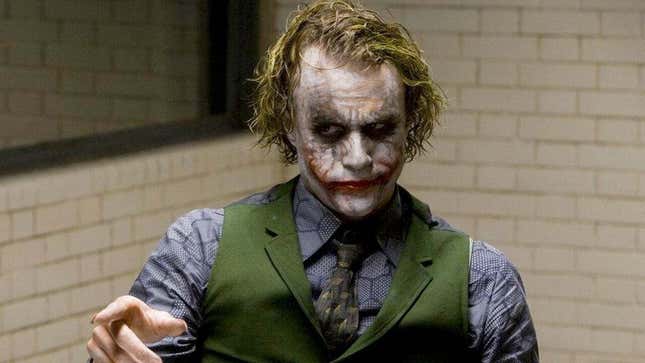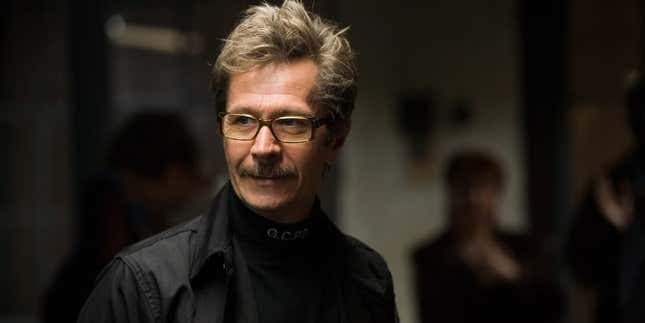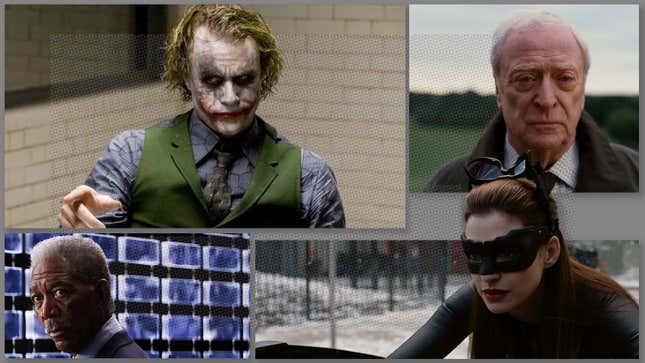
After such a disastrous end to the previous era of superhero movies with the terrible Batman & Robin, the Caped Crusader and the DC universe entered a state of dormancy. Marvel was ascending into superhero supremacy, but Warner Bros. had a goal to bring Batman back onto the big screen. After two good films, the then-up-and-coming director Christopher Nolan was chosen to helm Batman’s return to the movies. Along with David S. Goyer and Jonathan Nolan, these Batman films would take the influences of Michael Mann’s crime films and political thrillers to move the superhero into the post-9/11 world we were living in at the time.
Christian Bale portrayed this new version of Bruce Wayne, which showed his transformation into Batman from start to finish, including the classic characters he encounters during his missions to protect Gotham. It’s been twenty years since Batman Begins’ broad gothic epic of an origin story ushered in a new era of gritty and grounded superhero movies. From that beginning to The Dark Knight ending with real-life-inspired class conflict cataclysm, these ten unforgettable characters had the most profound impact on Bruce Wayne, Batman, and Gotham City itself.
